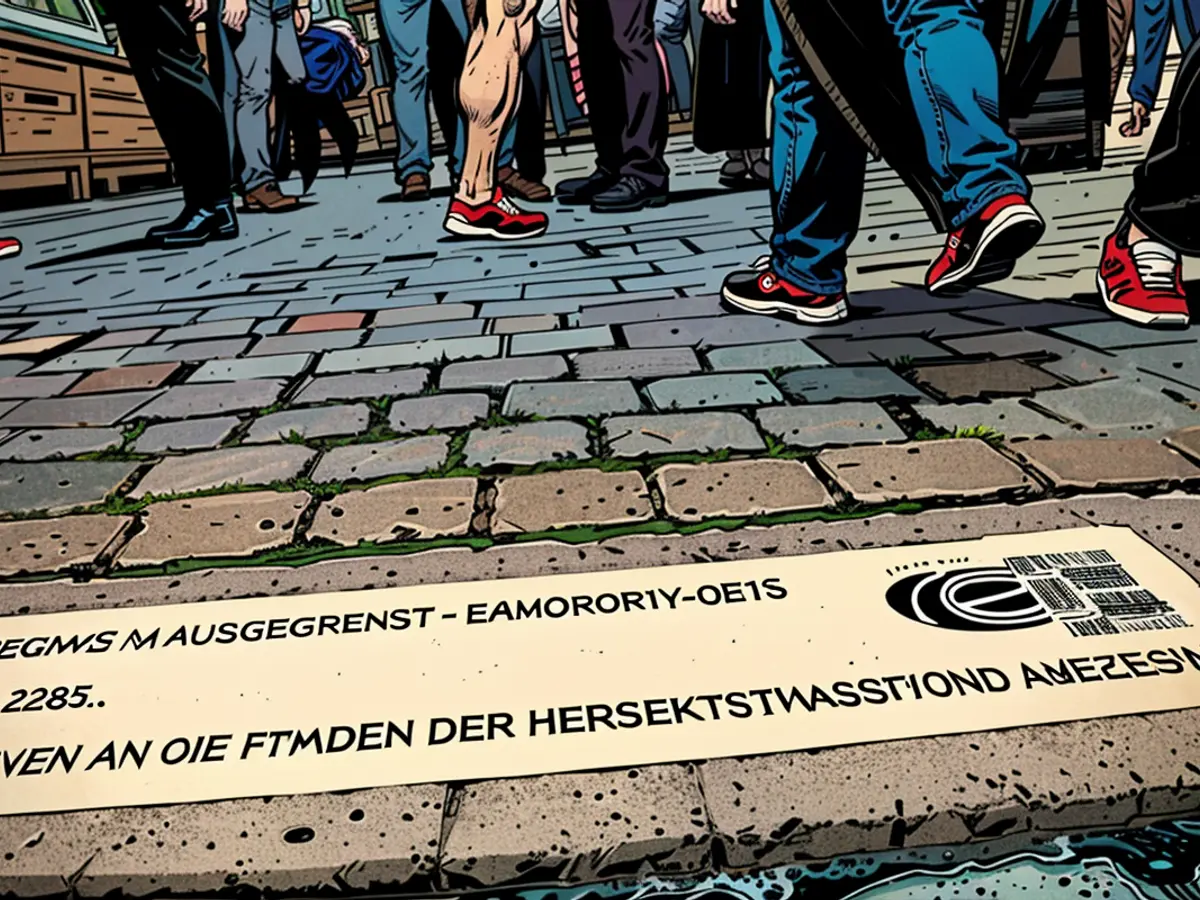- In memory of the Herbertstraße prostitutes in the Nazi era
A memorial plaque at the corner of Herbert and David Streets on St. Pauli commemorates, for the first time, the fate of the women who worked in the famous Hamburg red-light district during the Nazi era. Thousands of tourists have used the iron gates, which block the view of the street, as a backdrop for selfies, said the initiator and pastor of St. Pauli Church, Sieghard Wilm, at the unveiling of the brass cantilever stone. However, few people know that they were erected on orders from the Nazi Gauleitung in 1933.
"It corresponds to the cynical and inhumane policy of National Socialism that prostitution was not banned, but rather confined," he said. At the celebration of the 100th anniversary of the Herbertstraße two years ago, he had the idea: "It can't be that we still don't have an information sign or anything that indicates that these sight barriers and this idea of confined prostitution were created by the National Socialists." The memorial stone with the inscription "Disempowered - Excluded - Murdered" was realized with the help of the association Living Cultural Heritage St. Pauli and with support from the district of Hamburg-Mitte.
Prostitutes were forcibly sterilized and imprisoned in concentration camps by the Nazis.
"What is even less known are the fates that the women, the sex workers from the Herbertstraße, suffered during the Nazi era," said district administrator Ralf Neubauer (SPD). "Many were sent to the KZ in Neuengamme, Ravensbrück, forcibly sterilized, died, or came out of the war broken." More clarification is needed here.
The stone is intended to spark debate - also for historical research, said Julia Staron, chairperson of the Kulturleben association. "This stone of contention does not mark the end of research and clarification, but the beginning. We want this debate to remain alive."
An internet site provides information about the fate of the sex workers
A QR code on the memorial plaque leads to an internet site with information about the history of the Herbertstraße. New findings about the fates of the women will also be published here. The further processing will be financed through a crowdfunding campaign.
The historian Eva Decker, who researches the history of St. Pauli, pointed out that the stigmatization and exclusion of prostitutes did not begin with the Nazi regime, "and it did not stop with the end of the war."
Visitor: "What makes this memorial plaque significant?"Assistant: "It sheds light on the lesser-known fates of the women who worked in the Herbertstraße during the Nazi era, many of whom were forcibly sterilized, imprisoned in concentration camps, or suffered other atrocities."








